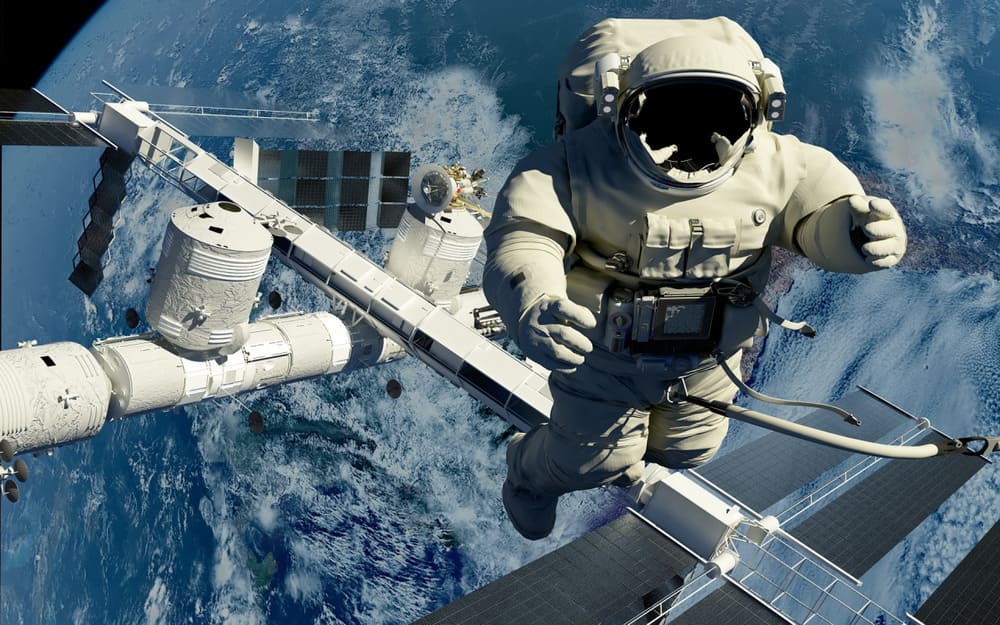Space exploration has always been filled with excitement, ambition, and a fair share of rivalries. These feuds have fueled some of the most significant advancements in human history. From the early days of the Space Race to modern-day missions, let’s explore some of the most famous rivalries in space exploration.
The space race: USA vs. USSR
The Space Race between the United States and the Soviet Union is the most iconic rivalry in space history. It began in the 1950s and was driven by Cold War tensions. Both nations wanted to prove their technological and ideological superiority.
– Sputnik 1: the USSR took an early lead by launching Sputnik 1, the first artificial satellite, in 1957. This surprised the world and ignited a sense of urgency in the United States.
– Apollo 11: the USA caught up and surpassed the USSR with the Apollo 11 mission. In 1969, Neil Armstrong and Buzz Aldrin became the first humans to walk on the Moon, marking a significant victory for America.
This rivalry led to rapid advancements in rocket technology, space travel, and a deeper understanding of our place in the universe.
Private space ventures: SpaceX vs. Blue Origin
In the 21st century, space exploration is no longer just the domain of governments. Private companies have entered the field, and with them, new rivalries have emerged. The most notable is between SpaceX, founded by Elon Musk, and Blue Origin, founded by Jeff Bezos.
- SpaceX: known for its ambitious goal of making space travel affordable and colonizing Mars, SpaceX has achieved several milestones, including the first privately-funded spacecraft to reach orbit and the first privately-funded spacecraft to dock with the International Space Station (ISS).
- Blue Origin: focused on making space travel more accessible and sustainable, Blue Origin has developed reusable rockets and aims to build infrastructure for millions of people to live and work in space.
This modern rivalry is pushing the boundaries of what is possible in space exploration and is setting the stage for the future of humanity in space.
Mars missions: NASA vs. ESA
Mars has long been a target for space exploration, and two major players in this arena are NASA (National Aeronautics and Space Administration) and ESA (European Space Agency).
- NASA: with successful missions like the Mars Rover and the Perseverance Rover, NASA has been at the forefront of Mars exploration. These missions have provided invaluable data about the planet’s surface, climate, and potential for life.
- ESA: not to be outdone, ESA has also made significant strides with missions like Mars Express and the ExoMars program. These missions aim to explore the Martian atmosphere and surface, searching for signs of life and preparing for future human missions.
The competition between NASA and ESA drives innovation and enhances our understanding of Mars, bringing us closer to the possibility of human colonization.
Lunar exploration: China vs. India
The Moon, our closest celestial neighbor, remains a focal point of space exploration, with China and India emerging as key players in recent years.
- China: the Chinese National Space Administration (CNSA) has made significant progress with its Chang’e program. Chang’e 4 was the first mission to land on the far side of the Moon, showcasing China’s growing capabilities in space exploration.
- India: the Indian Space Research Organisation (ISRO) has also achieved remarkable success with its Chandrayaan missions. Chandrayaan-2, despite some setbacks, demonstrated India’s technological prowess and determination to explore the Moon.
These efforts by China and India are expanding our knowledge of the Moon and highlighting the global nature of space exploration.
Rivalries in space exploration have been a driving force behind many of humanity’s greatest achievements. Whether it’s the historic Space Race between the USA and USSR, the modern competition between SpaceX and Blue Origin, or the ongoing quests to explore Mars and the Moon, these feuds push us to reach new heights and expand our horizons. As we look to the future, these rivalries will continue to inspire and propel us further into the cosmos.


